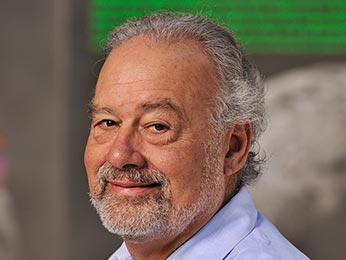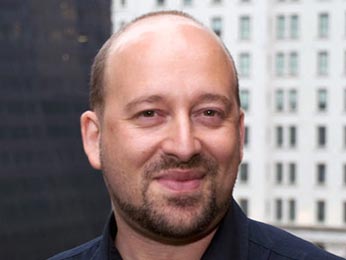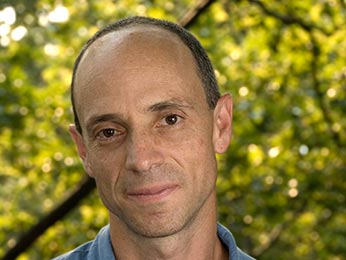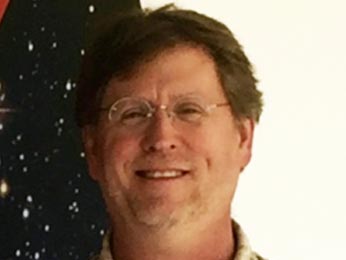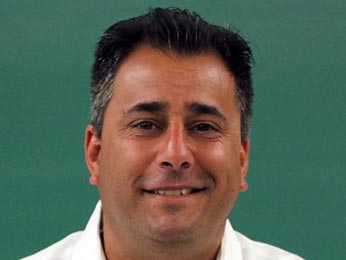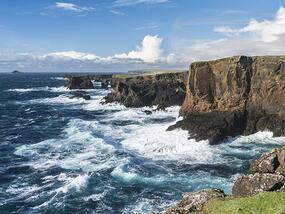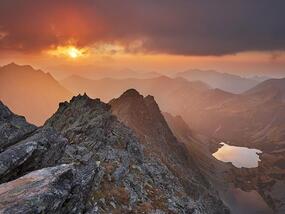EARTH SCIENCE
Climate Change
Earth Systems
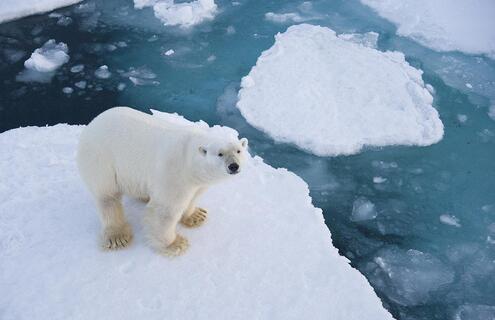
Andrew Stewart/AGE Fotostock
How does the global climate system work, and what is the evidence that human activity is affecting it?
Discover the dynamic and interrelated components of the climate system and find out how and why climate has changed in the past, how scientists are able to make predictions about future climate, and why current climate cycles are different from those that occurred in the past. Authored by world-class experts at the cutting edge of climate science, this six-week online course also investigates the connection between human activity and the current warming trend, and some of the potential social, economic and environmental consequences of climate change.
This course begins May 27.
Summer 1 Session
COURSE COST
GRAD CREDIT
Discover the dynamic and interrelated components of the climate system and find out how and why climate has changed in the past, how scientists are able to make predictions about future climate, and why current climate cycles are different from those that occurred in the past. Authored by world-class experts at the cutting edge of climate science, this six-week online course also investigates the connection between human activity and the current warming trend, and some of the potential social, economic and environmental consequences of climate change.
Course Format
This online course is asynchronous, giving you the flexibility to complete weekly activities at your own pace. Essays, written by our authoring scientists, are supplemented by case studies, textbook readings, videos, interactive simulations, image galleries, and more. These resources provide the foundation for assignments as well as online discussions where you will exchange questions and ideas with course faculty and other learners. The course culminates in a final project, which is your opportunity to create activities that you can use with your students.
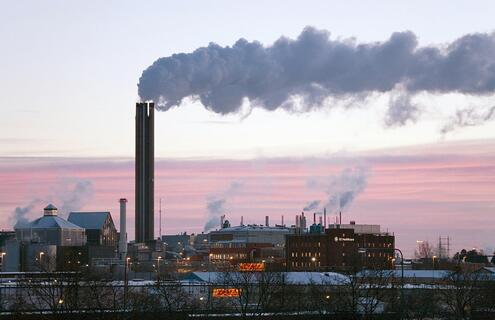
Andre Maslennikov/AGE Fotostock
Connecting to Your Classroom
This course includes a variety of resources that can be adapted for use in your classroom. Participants frequently use course activities as a central component of their final project. For example, in this course you will work with modeling software, a primary tool used by climate scientists, to analyze a global warming simulation. Completing the work associated with this tool will help you understand the climate system and how climate data can be used with your students.
This course is supported by the National Science Foundation under Grant No. DUE 1239783.
Recent Course Faculty
This course is co-taught by an experienced classroom teacher and a working scientist. With low faculty to student ratios, this powerful combination of scientific expertise and classroom application creates opportunities for discussions about the course content and how it can be taught.
This course begins May 27.
Summer 1 Session
COURSE COST
GRAD CREDIT
I gained a tremendous amount of new knowledge and skills that I can integrate into my classes.
I realized what I was getting from evaluating the data myself, rather than having someone just tell me and lecture to me ‘this is what the situation is now'...It made me re-evaluate a lot of thoughts that I had on the topic itself and really look at the research I was seeing...
We have a unit on air pollution…we will just be sitting there chatting…about what makes the clouds and condensation nuclei and all of a sudden, it just slides there. They ask me a question. The course made me feel more confident to be able to throw those things out there.
